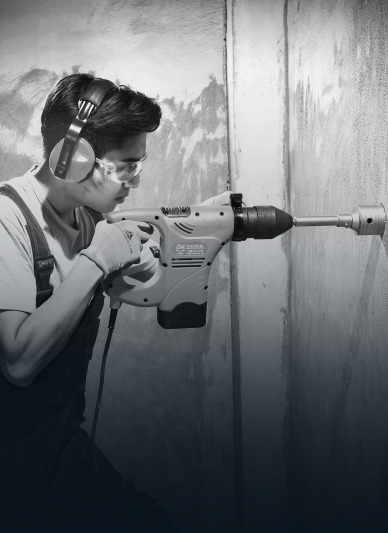The Steel Chisel is a fundamental hand tool widely used in both woodworking and metalworking due to its versatility and ability to shape and refine materials. Whether crafting furniture or working with metal components, the Steel Chisel provides controlled precision, making it an essential item in workshops across various industries.
In woodworking, the Steel Chisel serves many purposes. It is used for cutting, shaping, and carving wood pieces to create joints, designs, or smooth surfaces. Different types of chisels are designed for specific tasks; for instance, bevel-edged chisels are commonly used to clean out joints, while mortise chisels, which are thicker and stronger, are suitable for heavy-duty work like creating square holes in wood.
A well-maintained Steel Chisel allows woodworkers to achieve detailed work such as carving intricate patterns, trimming edges, or removing excess material. Its sharp edge makes it possible to slice through wood fibers cleanly, which helps to avoid splintering or tearing. By carefully controlling the angle and force applied with a Chisel, craftsmen can create smooth and precise cuts, essential for joinery or decorative work.
In metalworking, the Chisel plays a different yet equally important role. Cold chisels, a specific type of Chisel, are used to cut or shape metal pieces, remove rivets, or separate parts joined by welding or soldering. These chisels have a hardened cutting edge to withstand the toughness of metals without dulling quickly.
Metalworkers often use a Steel Chisel in combination with a hammer or mallet to apply impact force, allowing the tool to chip away or cut metal. This method requires skill to ensure accurate strikes and prevent damage to the workpiece. The Chisel must be held firmly and used at the right angle to maintain control and produce clean cuts or shapes in metal surfaces.
Both woodworking and metalworking rely on the Steel Chisel for repair and restoration projects. In woodworking, this tool can help remove old glue, clean out damaged joints, or refine surfaces during furniture restoration. In metalworking, it assists in removing rusted or damaged parts and preparing surfaces for welding or refinishing.
Safety is an important aspect when using a Steel Chisel in any application. Protective gear, such as safety glasses and gloves, helps prevent injury from metal shards or wood splinters. Proper handling and ensuring that the workpiece is securely clamped reduce the risk of slips or accidents. Keeping the Chisel sharp also contributes to safer use, as a blunt tool requires more force and increases the chance of mishaps.
Maintenance of the Steel Chisel is essential to prolong its effectiveness. Regular sharpening ensures that the cutting edge remains sharp, allowing precise and efficient work. After use, cleaning and lightly oiling the blade can prevent rust and corrosion, especially when the tool is exposed to moisture or stored for long periods.
In woodworking, the Chisel is often paired with other tools such as saws, planes, and rasps to complete complex projects. Its ability to provide fine detail work complements these tools, helping craftsmen create high-quality pieces. For example, after rough cutting wood with a saw, a Chisel can be used to refine joints or carve decorative elements.
In metalworking, the Steel Chisel may be used alongside grinders, files, and welding equipment. While grinders remove larger amounts of material quickly, the Chisel allows for precise removal of small sections or shaping of delicate features. This balance between rough and fine work is essential in metal fabrication and repair.
The Steel Chisel also has educational value for beginners learning woodworking or metalworking techniques. Understanding how to properly use and care for this tool builds foundational skills that apply to other hand tools. Learning to judge the right angle and amount of force for different materials helps develop a better sense of control and craftsmanship.







